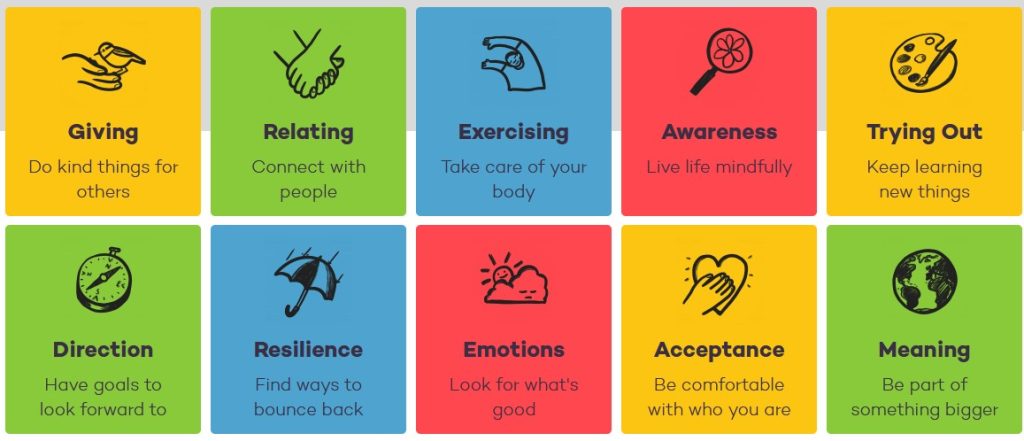I am often reminded of my friend Sue’s Uncle Bill, as a reference point for a good state of mind. When asked ‘How are you doing, Bill?’ he would reply with a broad smile, and a single word ‘Steady’. You knew exactly what he meant.

Here is a still from this video – a tribute – he died in 2015.
He listened much and talked a little – whatever he said was insightful and kind. He made many friends. I met him whilst in London and for long after that, admired him from a distance. He was, I overheard once, the ideal therapist. Actually he was the UCL chaplain. Then he went on to Univ Oxford.
Revd Sykes had a remit which looked somewhat different to that of a therapist – he had no theory to guide him, other than to offer help. He seemed to read your emotional state well, he took a view about your level of resilience, and boosted your confidence by showing you how you might have thought something through, already. He was totally focused on you and your story – there was no evidence of any personal ego there – you could feel that in any exchange with him. He was, as he listened, ‘steady’ in Christ, as his work asked of him.
So, coming to the end of the Mental Health Awareness week, 2024, what should we be doing, to keep ourselves ‘steady’ in whatever our belief system happens to be?
A changed life
At that time I met Sykes, in the 1970s, I was an economics student at the London School of Economics – professor Richard Layard taught us labour economics. Handsome, in jeans and always sharp, he intimidated many. Little did I know that he would end up setting up a mental health charity later in life – Action for Happiness.

In the context of what to do, to keep oneself ‘steady’ here is the 10 keys list on Action for Happiness – this is a really practical guide, from this page. Have a look. These are good ideas, and they work. Do try them.
However, in these recommendations, nobody talks about cultivating the power of concentration.
Both Sykes and Layard had this capacity in common, and each employed it in his work.
What is concentration and why is it important?
Concentration is our ability to focus our attention, and then shift it, at will, when needed – what it amounts to is self regulation of the highest order, yielding that rare and valuable ability – flexibly.
If you take a few minutes’ break to conduct your own experiment, this definition will become all the more real to you.
- Select a topic – You are going to start to write 100 words on Happiness as a topic – most of us have something to say about it. Have your phone beside you, or open a tab or shortcut on your computer, and create a swift access point to your social media channel of choice.
- Step two – When you have written the first fifty words, stop and scroll through your social media for two minutes.
- At the end of two timed minutes, come back to what you were writing. Note the time.
- Try to continue writing the next fifty words.
Observation : How long did it take to bring your mind away from whatever you read on the social media channel? When did you notice yourself settling back to your writing task?
That is the ‘time wasted’ cost of breaking your concentration.
Sometimes an interruption is actually beneficial, or indeed necessary. If there was smoke coming from your kitchen, you’d need to attend to that first. Sometimes, if you have decided to complete a long task, working continuously may not be a good thing – maybe every forty minutes, you might need a ten minute break. This gives you time to assimilate, and rest your eyes, particularly if you are reading or writing. If you are doing something physically strenuous, then taking a break to drink some water, or to take a brief rest will make the work go better, overall – you will achieve more of it by pacing yourself.
Flexibility therefore is the thing to cultivate. Bill Sykes must, in this way, have been hugely flexible. I doubt if he actually practised mindfulness, though there is enough evidence of reflection and Christian contemplation in his published works.
What ‘good’ concentration looks like
If someone is good at concentration, then they have the ability to self-regulate. They can command their attention to focus on stimuli or goals – at will. If priorities change, and they often do in the real world, they are able to switch their minds to the thing which needs their attention at the moment.
How do you learn to be good at it?
By doing an activity which makes you practice ‘bringing your mind back’ repeatedly.
This is a sequence of actions which the brain becomes used to doing, if we do it often enough.
The one activity which is absolutely suited to teaching this is meditation. In the West, the most widely adopted version of meditation is mindfulness, from the Buddhist tradition.
Have we researched the mental health benefits of this?
Yes. [1] The most useful of these studies describes the state of the research into the benefits of mindfulness as a practice. Here is a link to this study of studies .
What is the process? What do you actually do?
The process is simple. You sit down with your back straight, and in as relaxed a posture as you can, and start to notice your breath. Your mind will wander – all minds are evolutionarily built do that. Don’t beat yourself up about that. Then all you do is gently, kindly and firmly bring the mind back to your breath. In effect, you start again. How many times do you allow yourself to start again? As many times as will fit into the total time you sit. In half an hour you do it many times. Start with twenty minutes and increase it to thirty after a month. If you get stuck at that – no matter. It is still half an hour of practice. After eight weeks, scientists see a change in the brains of those who meditate – all good, as my teacher once said.
The practice is not to have a blank mind, though you do start achieving short periods of that after a while. The practice is to NOTICE that your mind has wandered, and then bring it back to the breath. It is a three step process
- Setting a target thing to concentrate on
- Noticing your mind has wandered, after a while
- Bringing it back to the subject you have chosen – at its most simple and universal, your own breath
This sequence of (identical) actions slowly begins to make a mark in your brain. Just as much as you don’t have to separately think before setting the car to first gear before pulling out, you won’t have to think about how to bring your mind to a topic of your choice. You will have done it so many times that it will come to you as second nature.
The gap in our provision, worldwide
The research shows that work with young people is missing.
So, if you are running a school, or a college, there is a programme in the UK called ‘Mindfulness for Schools’ – Please do avail yourself of their services. Add a half hour of secular mindfulness meditation to your curriculum daily – or at least make a provision. Start early or stay late. It will be worth it.
You will be equipping your students with the skill which will help to keep them ‘steady’, all their lives. Your results will inevitably improve, as will your ease of maintaining discipline.
Your school ethos will live on, in the lives of your students, and not just for sentimental reasons.
Sunday, 19 May 2024
Last day of Mental Health Awareness Week
[1] Recommended citation: Semple RJ, Burke C. State of the Research: Physical and Mental Health Benefits of Mindfulness-Based Interventions for Children and Adolescents. OBM Integrative and Complementary Medicine 2019; 4(1): 001; doi:10.21926/obm.icm.1901001.
© 2019 by the authors. This is an open access article distributed under the conditions of the Creative Commons by Attribution License, which permits unrestricted use, distribution, and reproduction in any medium or format, provided the original work is correctly cited.
